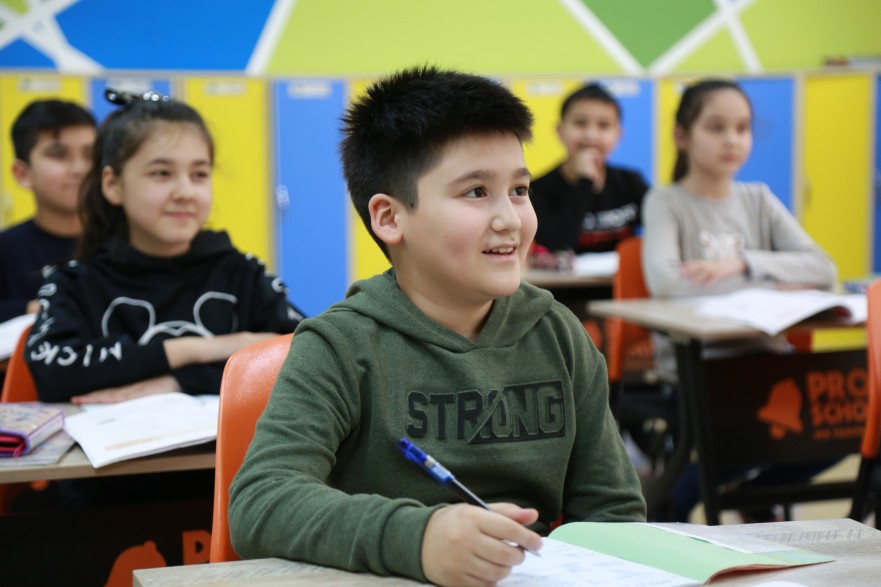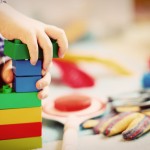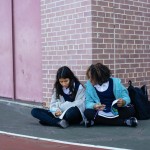Reopening Schools: 5 Strategies for Learning Loss
How Should Schools Address Learning Loss?
Coronavirus Learning Loss: How Districts are Responding
How to Address Learning Loss Due to COVID-19
Addressing Learning Loss in 2021
These are titles of actual articles about the perception of learning outcomes during the pandemic. This is just a small sampling; spend five minutes perusing the Internet and you’ll probably find hundreds more.
It’s important to note the majority of the articles are connected in some way to curriculum and testing companies, educational consultants, private professional development firms, etc. Basically, groups that stand to profit from the learning loss narrative.
It’s also noteworthy that the amount of learning loss has mostly been measured by states’ annual standardized, high-stakes tests. Which honestly is probably not the best way to measure what children have or haven’t learned in the past year and a half. Nancy Flannagan discusses this issue at length in I Can’t Believe I’m Looking at Test Scores.
I’ve been skeptical of the idea of learning loss since it started circulating through various media outlets in 2020. The concept seems too simplistic in a tremendously complicated situation. It also trivializes the profound and unique moment in history in which our children are living. Worse, it flatly ignores or reduces the value of the critical lessons our children have learned. I wrote about this in The Kids Will Be Okay.
Despite my skepticism with the concept of learning loss, I was deeply curious about what I would observe when August 2021 arrived and the vast majority of our students returned to in-person learning.
With over a month of school behind us, I have made some key qualitative and quantitative observations. Disclaimer: the insights are based solely on my school context and I fully recognize other school sites may be experiencing different circumstances.
The children are learning how to be students again.
The biggest adjustment for our students is learning how to be in-person learners again. When we were remote it was easy for students to disengage from class when they wanted to. They could turn their cameras off and get a snack, play with a pet, or turn on the TV and video games.
Returning to the structure and routine of the physical classroom has been a challenge. Their attention spans are shorter and they need more frequent breaks. They are readapting to classroom discussions in which they use their voices to participate and take turns speaking instead of flooding a chat room with typed messages.
A particularly taxing chore for them is the return to pre-pandemic work expectations. During remote learning, workload expectations were adjusted to minimize computer screen time. Now, our students are struggling to complete typical classroom assignments in a timely fashion.
Six weeks into the school year I am seeing improvements. They are slowly readjusting and remembering how to be in a school building. My belief is by winter break they will be reacclimated to their environment and expectations.
The data is not as bad as expected.
In my district, we have given the same benchmark assessment for several years. The assessment we administer is a fixed-form, norm-referenced assessment that is also meant to predict performance on the state standardized test. We give the assessment three times per year in the form of a pre-test, mid-year, and post-test.
I pulled data from our 2021 pre-assessment and compared it to the pre-assessment we took two years ago, before COVID disrupted our educational practices. Surprisingly, there is not much difference in the pre-assessment data for the two school years. This means our students this year are beginning the year at about the same readiness level as they did two years ago. Remarkably, we even have a few grade levels that scored higher on their pre-tests than they did in 2019.
What does this tell me?
My skepticism was well placed. The students I work with are ready and capable of learning grade level standards. Contrary to the learning loss drumbeat coming from those with underlying motives, my school data indicates our students are prepared for the academic content they will learn this year.
Yes, we definitely have some work to do building routines and stamina. Remote learning and in-person learning demand different work habits, time on task requirements, and participation skills. These are all things we educators can help our students restore and improve. But, the good news is the kids are ready and well equipped to begin that process.
Forget learning loss. The kids are ready to learn.
Photo by Kuanish Reymbaev on Unsplash










Comments 1
As I was reading your post, I was saying “Yes, same!” the whole way through. I think the biggest struggle with students is truly learning how to be a student again and to increase their stamina for learning, or even completing tasks. The data at my school site is not as bad as we thought it would be, either. We have found that we have students who are either “green” and are at or above grade level standards, or “red” and are below grade level standards. There is no in between. There are quite a few more red students than we are used to seeing, but there are still green students. I think that speaks to the power of the classroom environment that teachers are able to pull at-risk students who really struggle, up to a “yellow” level where they are gaining skills and approaching grade level. Our students ARE ready to learn!